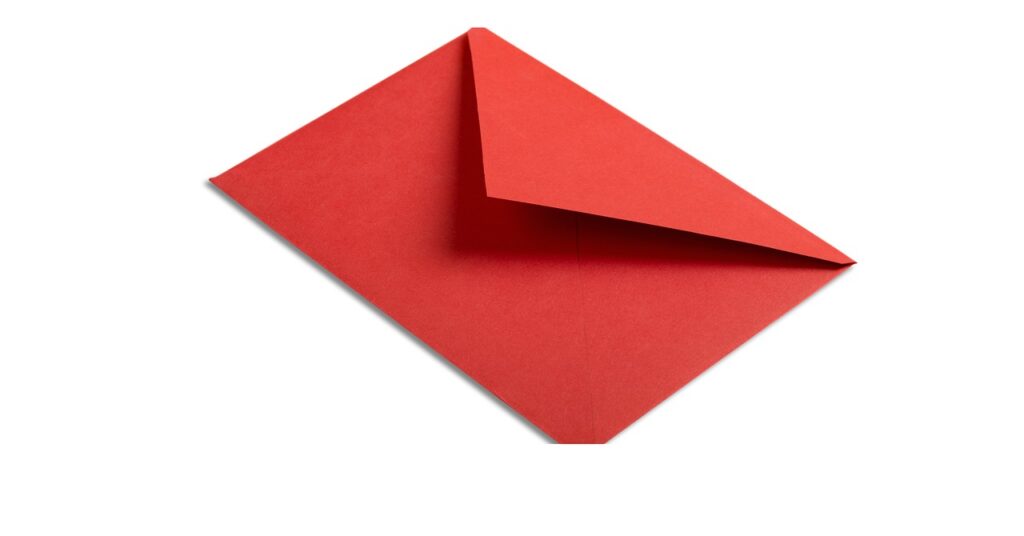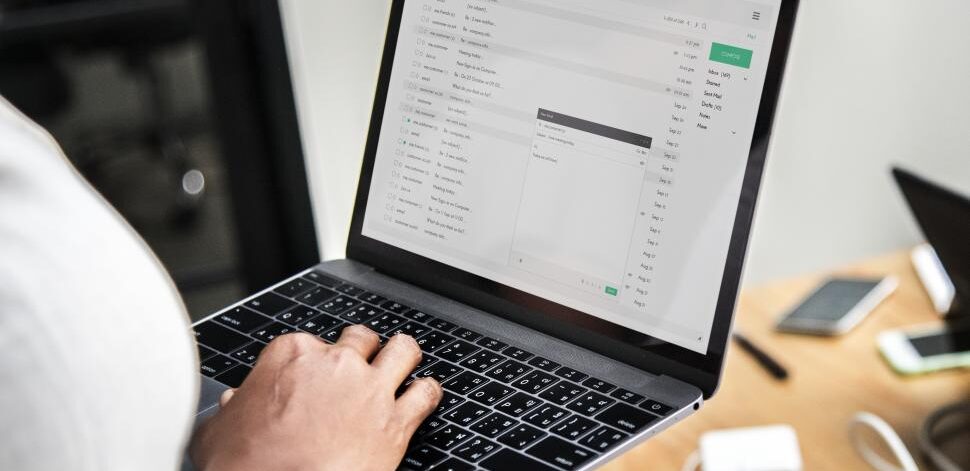How to Professionally Email Your Resume
Of the most popular and common methods, emailing a resume is among one of them through today’s predominantly digital-first worlds. Yet again, however, sending an application via email in the form of a resume attachment is far more complex than attached documents with clicked send buttons. A well-articulated email can change it all. This blog post will guide you through everything you need to know about emailing a resume-from crafting the perfect subject line to following up effectively. How to Professionally Email Your Resume
Why Emailing a Resume Matters
Your email often tends to be your first impression at a potential workplace. It actually sets the stage for how the candidate is viewed. A neat email presents an image of being professional, very keen on details, and having actual interest in the position. However, a sloppy email may easily get your application into the ‘discard’ box, no matter how great your resume may seem. How to Professionally Email Your Resume
Step-by-Step Guide to Emailing a Resume
Here’s a comprehensive breakdown of how to email your resume effectively
1. Understand the Employer’s Requirements
Before sitting down to compose your email, always read through the job posting or instructions that have been provided by the employer carefully. Some firms have particular stipulations about how they want their resumes submitted. They may
- File Format: PDF, Word Document (.docx), or other formats.
- Subject Line: A particular format for the subject line.
- Attachment vs. In-Body: Whether the resume should be attached or pasted directly into the email body.
Failing to adhere to these requirements can result in your application being overlooked.
2. Choose a Professional Email Address
Use a professional email address that includes your name. Avoid quirky or unprofessional email addresses like coolguy123@gmail.com. Examples of professional email addresses include
- john.doe@gmail.com
- janesmith2023@yahoo.com
If your current email address isn’t suitable, create a new one before applying.
3. Write a Clear and Compelling Subject Line
The subject line is the very first thing the recruiter sees, so it must explicitly state the reason for your email. Include any necessary details like your name and the job title. For instance How to Professionally Email Your Resume
- Application for Marketing Manager – John Doe
- Graphic Designer Position – Jane Smith
Avoid vague subject lines like Job Application or Resume Attached.
4. Draft a Professional Email Body
The body of your email should be concise, professional, and tailored to the job. Follow this structure How to Professionally Email Your Resume
a. Greeting
Address the recipient by name, if possible. Use titles like Mr., Ms., or Dr. as appropriate
- Dear Mr. Smith,
- Dear Hiring Manager, (if you don’t know the recipient’s name)
b. Introduction
Open with a brief introduction that mentions your name and the reason you are writing in an email to them How to Professionally Email Your Resume
- My name is John Doe, and I am excited to apply for the Marketing Manager position at [Company Name].
c. Highlight Your Fit
Within 2-3 sentences, introduce why you’re a good candidate for the job. Mention a couple of the main skills or experience that you learned from the job description How to Professionally Email Your Resume
- “Having over five years of digital marketing experience with a track record of raising online engagement by 40%, I am sure to be an asset to your team.
d. Mention Attachments
Make clear that your resume and any supporting documents are also attached
- Feel free to go through my attached resume and portfolio.
e. Call to Action
Express the desire for the interview and supply them with your contact numbers and email for follow-up conversations How to Professionally Email Your Resume
- I will be more than happy to answer how my talents can be deployed within your team toward its goals. Just reach me out at [phone number] or [email address].
f. Closing
Then comes the professional goodbye
- Thank you for considering this application.
- With regards,
- End
5. Attach Your Resume and Other Documents
When attaching your resume, ensure the following
Ensure that your resume is properly attached and correctly named. If you’re including other documents (e.g., a cover letter or portfolio), name them clearly and professionally (e.g., “John_Doe_Cover_Letter.pdf”).
- File Naming: File name should be clear and professional, using something like John_Doe_Resume.pdf or Jane_Smith_CV.docx.
- Correct Format: Save the document in the form endorsed by the employer. Most people prefer PDF because the formatting stays. How to Professionally Email Your Resume
- Additional Attachments: Attach other required documents if the employer specifies such, including the required cover letters, portfolios, or certificate How to Professionally Email Your Resume
6. Proofread Thoroughly
Typos in your email will set a bad impression about you. Before sending, make sure to check for
- Spelling and grammar errors.
- Formatting
- Recipient’s correct email address
- Attached files.
Tools like Grammarly can help pick up on the errors, but also read it out loud to ensure that it sounds professional. How to Professionally Email Your Resume
7. Send a Test Email
As you would want it to, forward a test message to yourself or a friend and check that everything is in the right order.
- Attachments open right.
- Formatting isn’t lost.
- Subject line and email body is clear.
8. Follow Up
After a week or two, and if you don’t get any response, try sending a nice follow-up email. Use this opportunity to reiterate your interest and inquire about the status of your application
- Example Follow-Up Email: “Dear Mr. Smith,
- I hope you are doing well. I wanted to follow up on my application for the Marketing Manager position, which I sent on January 10th. I am very interested in the opportunity and would appreciate any updates on my application status.
- Thank you for your time and consideration.
- Best regards,
- John Doe”
Common Mistakes to Avoid
- Using an Unprofessional Email Address: Always use a professional email address.
- Failing to Follow Instructions: Adhere to the employer’s guidelines regarding format, subject line, and attachments.
- Neglecting the Email Body: A blank or poorly written email body can harm your chances.
- Forgetting Attachments: Double-check that all required documents are attached before sending.
- Sending to the Wrong Email Address: Triple-check the recipient’s email address.
- Overloading the Email: Keep your email concise and relevant. Avoid including excessive details or unrelated information.
Sample Email Templates
Here are some templates you can customize for your job applications
Template 1: General Job Application
Subject: Application for [Job Title] – [Your Name]
Body:
Dear [Recipient’s Name],
Wishing you all good health, I am [Your Name], having great eagerness to apply for [Job Title] at [Company Name]. In consideration of the fact that my background is [Your Field/Skill], I strongly feel my work will really complement your team. How to Professionally Email Your Resume
Enclosed for your consideration please find my resume and additional documentation. I’d be delighted to discuss my application and the specific ways my background can complement what your team might need. Reach me at [phone number] or at [email address].
I appreciate the opportunity to discuss your needs, as well as potentially joining [Company Name] for the contribution they are known to make in any endeavor. Thanks again.
Best regards,
[Your Name]
Template 2: Referral-Based Application
Subject: Referred by [Referrer’s Name] for [Job Title] – [Your Name]
Body:
Dear [Recipient’s Name],
Dear Hiring Manager,
I am writing to apply for the [Job Title] position at [Company Name], which was referred to me by [Referrer’s Name]. I have a particular skill/experience and eagerly desire to add value to your team. How to Professionally Email Your Resume
You are receiving my resume, along with other [relevant documents, if applicable]. Nevertheless, please don’t hesitate to contact me by telephone at [phone number], or by email at [email address], should you wish to discuss my application. How to Professionally Email Your Resume
Thank you for your time and consideration.
Best regards,
[Your Name]
Conclusion
Anyone can email a resume, but the right way to do so will have a better chance of getting an interview invite. Therefore, by following this guide, you are going to ensure that your email stands out and is professional, creating a sense of good first impression. Remember; details and following employer’s instructions are equally as important as having a good resume. Good luck.

